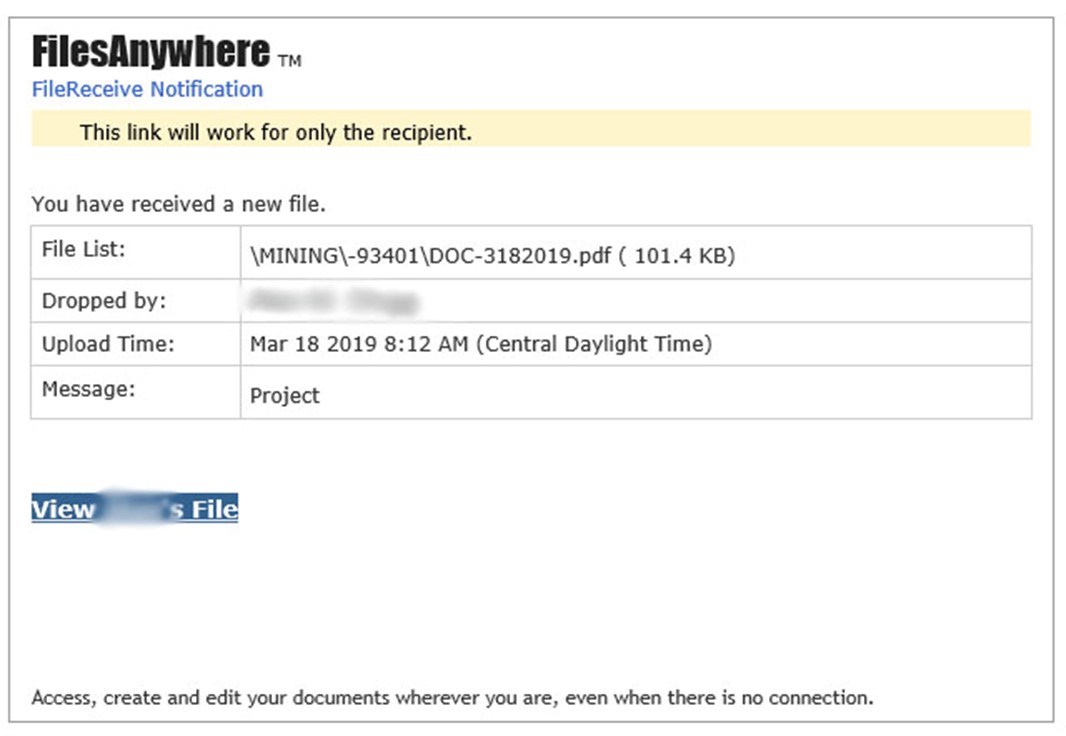The challenge of maintaining a work-life balance has become increasingly hard, especially with the last two years of work from home due to the COVID pandemic and a four-day week seems like one way in which to address this challenge. The discussion around a four-day work week has been gaining momentum over the last few years with proponents citing successful trials by companies showing improved employee engagement and happiness, with no discernible loss in productivity.
I foresee several challenges with this, especially in professions that traditionally billed by the hour, such as consulting. If the above claim is to be believed, then that implies that the same amount of value will be created in 32 hours that used to be created in 40. In turn, that would imply that the rate per hour would be increased, to compensate the fact that the four-day week does not imply a reduction in salary for the employee. In essence, we would be passing this cost onto our clients and we’re assuming that the value conversation remains equitable. With independent consultants, this would simply mean that they would continue to work 40+ hours per week and would now justifiably be able to increase their rates by around 20%. It would be very hard in my opinion to convince a client that this is equitable.
Another place where this will be a challenge is in areas such as 24×7 support. In this scenario we would need four six-hour shifts, instead of the previous three eight-hour shifts. To achieve the increased number of shifts, at least one extra person will be required by the company providing the service. This will result in a 25% increase in servicing cost, which will be passed on to the client. Again, I’m not sure this is an equitable approach, and many clients will balk at a 25% increase to their support and servicing costs.
Where productivity is concerned, there are many ways to improve productivity, that does not come from the increased pressure of delivering 40 hours’ worth of work in 32. As per this excellent article discussing this exact topic, https://thriveglobal.com/stories/a-4-day-workweek-doesnt-make-you-more-productive-this-does/, productivity can be increased by removing distractions, managing your time effectively and other means, not associated with the increased pressure.
The conversation about work-life balance is also somewhat of a misnomer. While it is certainly unhealthy to work 60 to 80 hours per week, it is equally unhealthy to be in a profession where the driving ambition is to escape it. I propose an alternative phrase that more closely aligns to my worldview, “Work-life harmony”. It sounds similar, but it differs in this key point, balance implies that for eight hours of work, I must receive eight hours of leisure time. Harmony implies that my work and the rest of my life are intermingled in a way that supports each other. I work to earn the money to spend on leisure. I can choose my way of work, and the location of my work such that it suits my life and my leisure. With the new way of work brought on by the pandemic, we have more freedom than ever to choose where we work, since most of us have been working remotely for at least two years. With this new freedom, you could choose to work from a beach, or a ski-slope. Take a moment between meetings to go for a swim, or to fetch the kids from school and take them for ice-cream before the next Teams call or document is due. We can create harmony in our lives by weaving our work around it, instead of seeing work as being in conflict with our life.



 We recently had to assist a customer in dealing with a phishing attack against an Office 365 user’s account.
We recently had to assist a customer in dealing with a phishing attack against an Office 365 user’s account.
